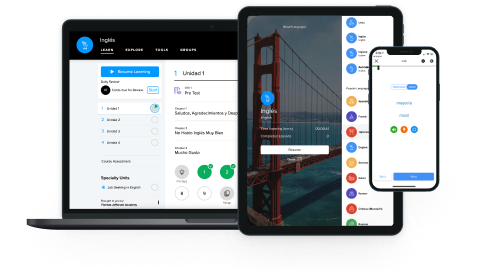
Three Things We Can All Learn From How Koreans Celebrate Chuseok
History, culture, family, tradition — no matter where you are from, cultures around the world set aside special days to observe, remember, and be thankful for the important things in life.
This couldn’t be more true than during the three-day holiday period known as 추석[Chuseok] (sounds like ‘choosok’) in Korea.
Often called ‘Korean Thanksgiving’ in English, Chuseok is observed yearly around the autumnal equinox and is one of the biggest holidays in Korea. From tradition and family to platefuls of food — here are three things we can all learn from this Korean harvest festival.
1. Family matters
Every year, the Chuseok holiday starts with a mass exodus of the city-dwelling populations returning to their hometowns. Businesses, schools, and restaurants all close, and this large migration prompts a mad dash for bus, train, and plane tickets — months in advance. Those who go by car meet the infamous Chuseok traffic, where road time can more than double. After lengthy journeys, extended families are finally reunited for quality time as they prepare to celebrate together.
While it’s becoming increasingly popular to travel for leisure during Chuseok, more traditional families partake in the customs of 성묘[seongmyo], visiting their ancestral grave sites to bow and show respect to their ancestors, 벌초[beolcho], tidying the burial site, and 차례[charye], hosting memorial services in honor of those who have passed on. It’s a time for reflection and remembering those who came before us, while celebrating family and giving thanks for all we have in the present.
2. Food tastes better when it's shared
What would a holiday be without family, friends, and of course food? During charye, offerings of freshly harvested rice, 송편[songpyeon](rice cake) [link], 전[jeon](savory pancakes) [link], meat, fruits, vegetables, and alcohol, are carefully prepared, arranged, and presented to the ancestral spirits. After the service, family members enjoy the food together — Korean style. This means a table packed from corner to corner full of colorful 반찬[banchan](side dishes) and main dishes for everyone to share. But what you won’t typically find are individual plates.
When sharing a meal, Koreans typically eat from the same bowls. In fact, sharing food and drink is an essential part of polite Korean table manners. This means if someone offers to feed you a piece of hand-made songpyeon, or pour you another glass of rice wine, accept it graciously and 맛있게 드세요[maditge deuseyo](enjoy your meal)! If you want to know more about Korean food culture, check out our Korean course — and learn how to hold your own at your favorite Korean restaurant.
3. Make your own traditions
While tradition is a cornerstone of Chuseok, like all cultures, things change and evolve over time. For Koreans who find themselves living abroad during the holiday, the melding of cultures presents the opportunity for new traditions to form. For example, Koreans in the U.S. may choose to incorporate Chuseok traditions into their Thanksgiving Day celebrations, eating songpyeon and jeon alongside turkey and mashed potatoes. Or, instead of visiting hometowns and performing ancestral rituals during Chuseok, a sense of community may be shared through Korean-American church services and gatherings.
Some Korean-American associations even host their own Chuseok celebrations, open to everyone who wants to spend time celebrating family, giving thanks, and eating good food. For these Koreans, Chuseok isn’t about celebrating the ‘right’ way or the ‘traditional’ way — it’s about celebrating with their loved ones. So, no matter where you happen to be this Chuseok, it’s the perfect time of year to take stock of the good things in life. 추석 잘 보내세요[Chuseok jal bonaeseyo](Have a wonderful Chuseok)!
You can incorporate these values into your everyday life, too. Prepare to celebrate Chuseok with Mango Languages’ Korean course. You’ll learn Korean through the context of real-life situations and native-speaker dialogue, with cultural tips to help you along the way. Click the button below to log into Mango Languages or create a free profile to start learning!
Start Learning